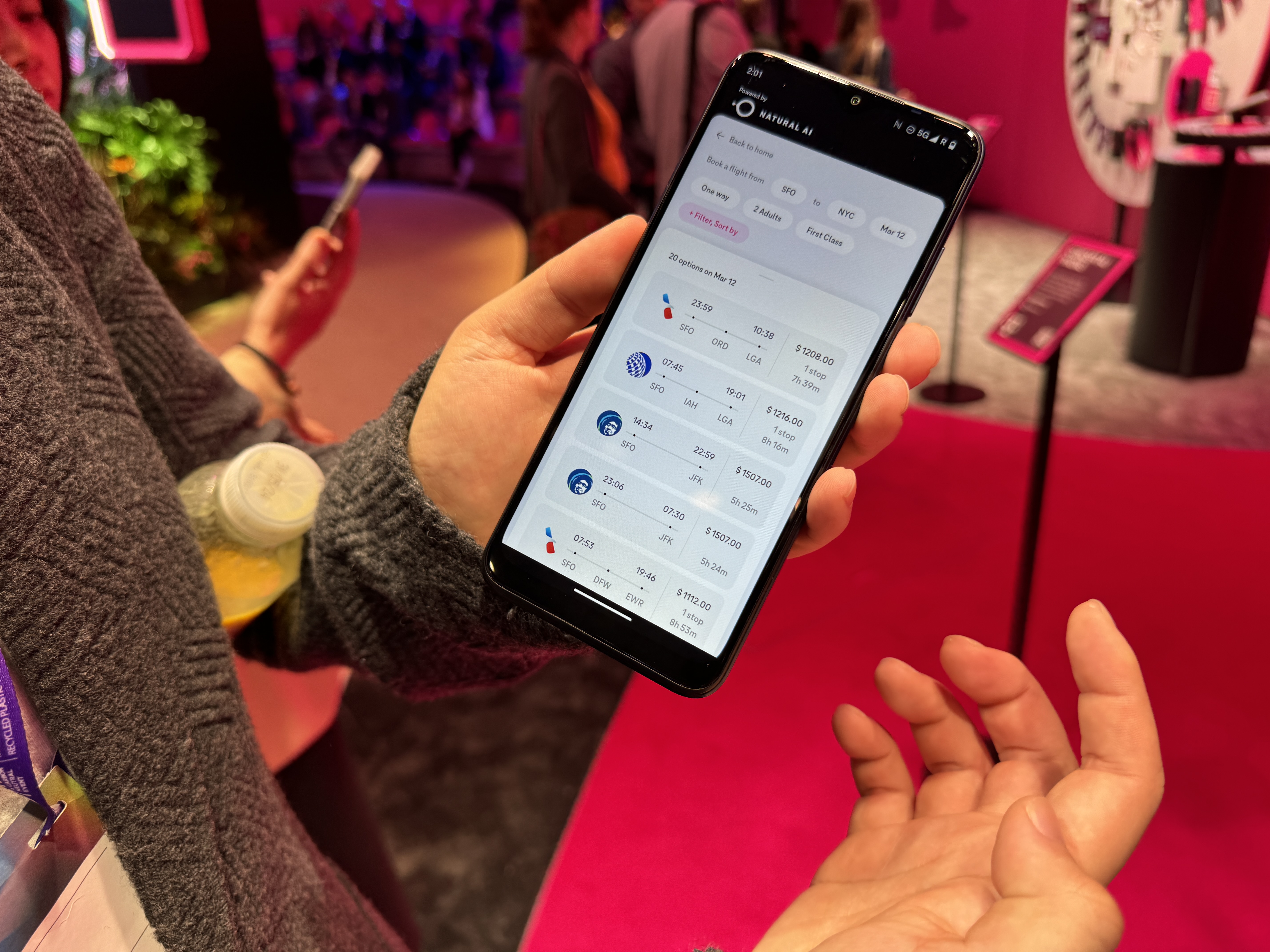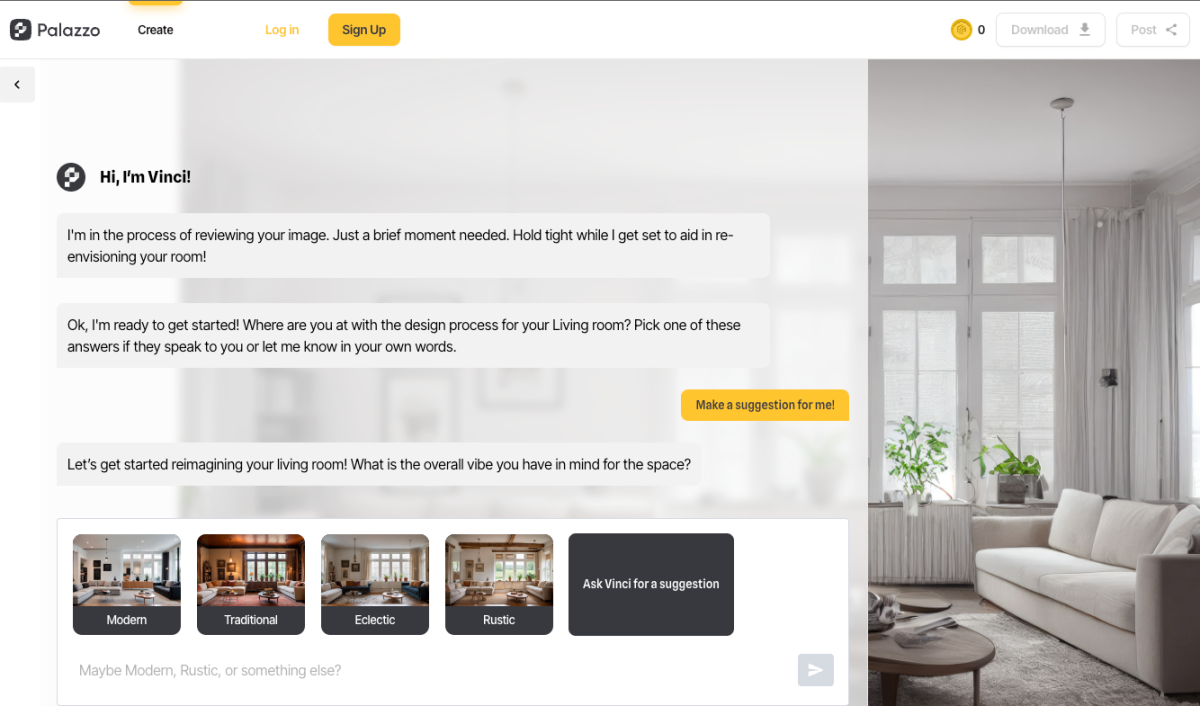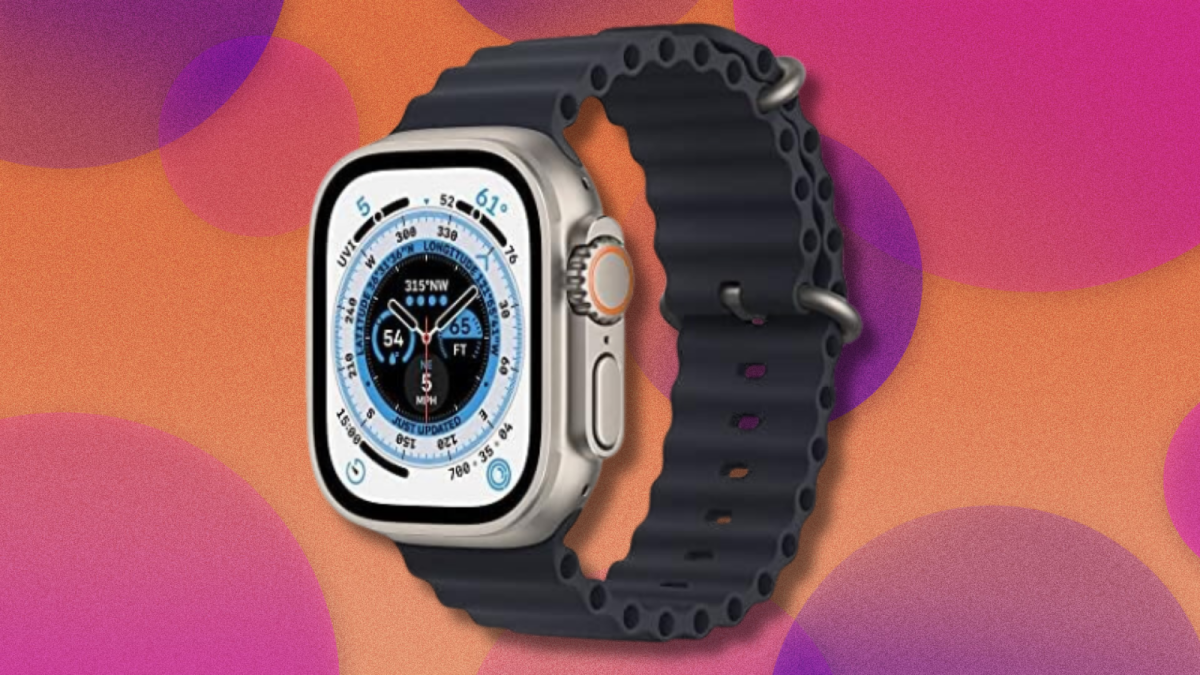智能手机的未来:超越智能手机时代 📱💡
“人性化的爱品和兔子手持设备因其独特的方法将生成式人工智能整合在一起而受到媒体广泛关注”
“`html
Brain.ai makes generative AI the operating system.

The Humane Ai Pin and Rabbit handheld have been making waves with their unique approaches to integrating generative AI with hardware. But what’s wrong with the good old smartphone? While the form factor may have reached a plateau, these handheld devices are still held by billions of people around the world. So, what’s the next big thing in the world of smartphones?
I recently had the opportunity to meet with Jerry Yue, the founder and CEO of Brain.ai, amidst the chaos of the Mobile World Congress. After a product demo and an engaging conversation, I must admit that I’m intrigued by Yue’s vision for the future of smartphones. While I remain cautiously optimistic until I’ve had more hands-on experience with the product, there’s no denying that generative AI could be the foundation for the next generation of devices.
The Rise of Generative AI in Smartphones
The concept of an “AI phone” is not new. AI and machine learning technologies have already found their way into smartphones, especially in computational photography. However, the integration of generative AI, like Google Gemini and ChatGPT, is a game-changer. Samsung recently embraced this trend, and Apple is set to follow suit later this year. Companies that fail to embrace generative AI risk getting left behind in the coming years.

Unlike other implementations, Brain.ai takes generative AI to a whole new level. While the hardware is a standard smartphone, the operating system is what sets it apart. Built on the Android kernel, but distinct from the conventional smartphone OS paradigm, Brain.ai redefines how users interact with their devices. The interface seamlessly integrates generative AI, shaping how the device responds to user input.
A Peek into the Brain.ai Interface
Initially designed for the T-Mobile REVVL Plus, the Brain interface is adaptable to different form factors. While the hardware specs for the launch are still under wraps, Brain.ai’s operating system promises to deliver an exceptional experience even on budget-friendly devices. According to Yue, Brain.ai’s OS can do more with less, optimizing the user experience on devices with limited resources.

The Brain interface starts with a static screen, and users can interact with the device through voice or text prompts. For instance, you can ask Brain to recommend a gift for your bedridden grandma, and it will pull up aggregated e-commerce results. The interface showcases these results in a straightforward design—a black text on a white background, with alternating sentences and boxes displaying relevant items.
Users have full control over the interface, allowing them to modify searches and add items to their shopping carts. Brain.ai leverages its own AI model, pulling in results from 7,000 retail sites, prioritizing small businesses and retailers based on user preferences. The design consistency across features stems from the absence of third-party apps, a stark departure from the conventional smartphone experience.
Privacy, Security, and Explainable AI
Privacy and security are also critical considerations for Brain.ai. Yue emphasizes the importance of giving users a new level of control over their data. Instead of relying on black-box recommendation machines, Brain.ai aims to provide an explainable AI experience. Users can understand why the system makes specific recommendations at each step, empowering them to take ownership of their AI interactions.
The Power of Adaptability
One of Brain.ai’s key selling points is its adaptability. The system continuously improves and customizes recommendations based on user queries, ensuring a personalized experience. While Brain.ai relies on its own AI model for the primary interface, it integrates with third-party solutions, such as OpenAI and Google, when necessary.
Limitations and Future Developments
Of course, a demo can only reveal so much, and I’m eager to experience the fully realized product. Imaging applications, for instance, warrant a closer look. Though the REVVL line may not be known for its top-notch cameras, Brain.ai’s image recognition and generation capabilities have the potential to enhance photography experiences. The offline functionality and the specifics of on-device processing are also intriguing aspects that require further exploration.
“““html

Brain.ai,由创始人Jerry Yue领导,自2015年成立以来已经走过了很长的路。凭借一个由100名专业个体和8千万美元资金支持的团队,该公司正准备彻底改变智能手机行业。独立设备如Rabbit和Humane Ai Pin的出现,以及三星等科技巨头的参与,表明了对生成式人工智能的重视正在增加。
智能手机的下一章:展望未来 💭✨
智能手机的未来不仅限于当前形态所受的局限。借助生成式人工智能,创新和用户体验的可能性正在不断扩大。有了Brain.ai站在前沿,我们可以期待智能手机变得更加适应性强,注重隐私,并且能够理解并满足用户的需求。生成式人工智能的融合只是一个开始,这种演变将塑造智能手机的未来以及我们与智能手机互动的方式。🚀📲
🤔 问答区:
问:Brain.ai的界面与传统智能手机操作系统有何不同? – Brain.ai的界面是基于生成式人工智能构建的,这使其成为设备交互和响应能力的基础。这与传统智能手机操作系统仅将人工智能功能整合到某些应用程序中的做法形成鲜明对比。
问:Brain.ai是否与旗舰智能手机兼容? – Brain.ai界面的硬件无关性使其能够适应不同的形态因素。虽然它最初是在T-Mobile REVVL Plus上推出,但我们可以期待在未来与各种设备兼容,包括旗舰智能手机。
问:Brain.ai如何确保用户隐私和安全? – Brain.ai非常重视隐私和安全。与传统人工智能模型不同,Brain.ai为其推荐提供解释,确保数据透明性和用户对其数据的控制。用户有能力理解和管理他们的人工智能交互,从而减少对黑匣子系统的依赖。
问:Brain.ai的人工智能模型可以个性化定制吗? – 当然可以!Brain.ai的人工智能模型会根据用户的查询不断学习和改进。用户与系统互动越多,推荐就越定制化和准确,提供个性化体验。
问:Brain.ai的离线功能如何? – 尽管Brain.ai的离线功能没有明确说明,但值得注意的是,连接性在利用系统的人工智能处理能力时起着重要作用。为了获得最佳体验,可靠的互联网连接,尤其是5G,可能是利用Brain.ai全部潜力所必不可少的。
参考资料:
- Humane Ai Pin和Rabbit亲身体验
- 生成式人工智能与智能手机的未来
- 三星的“AI手机”及其影响
- Brain Technologies如何革新智能手机体验
- 消费类电子产品中生成式人工智能的崛起
如果你喜欢这篇文章,别自己独乐乐!和朋友分享,加入社交媒体上的讨论。让我们一起探索智能手机未来的兴奋之处,超越我们今天所知道的!🌟📱💻
“`






